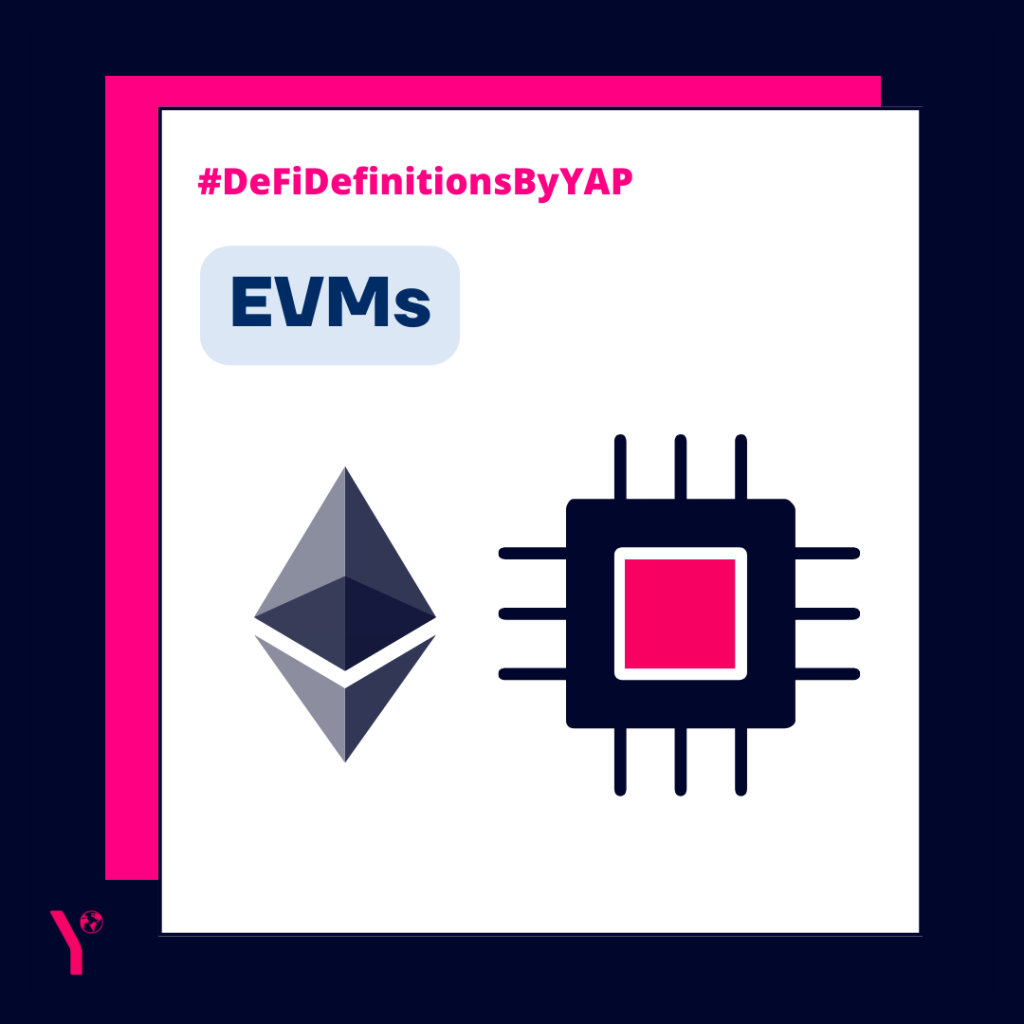Besides the Ethereum Network, notable blockchain ecosystems have emerged in the past few years. These include Solana, Avalanche, Near, Polygon, Cosmos, Starknet, Binance Smart Chain, and Polkadot among many others, which are underpinned by Layer 1, Layer 2 or Layer 0 chains. One of the main questions asked about each chain is whether it is ‘EVM-compatible’. So what does that actually mean?
EVM stands for ‘Ethereum Virtual Machine’. It is a computation engine that executes smart contracts on the Ethereum Network. It also helps to compute various types of smart contract code into a readable format. Every Ethereum node runs on the EVM to maintain consensus across the blockchain. Polygon and Avalanche are EVM-compatible chains, which means smart contracts deployed on these changes will be recognised by Ethereum nodes. This enables developers to port their decentralised applications (dapps) or tokens over from Ethereum to these chains with ease, helping chains become highly successful due to the low barrier to entry.
EVM is significant because most crypto applications are built on the Ethereum network layer. Roughly 60% of DeFi’s TVL (Total value locked) is on the Ethereum network, not including the volume on other EVM-compatible chains. Binance Smart Chain’s success can be attributed to the fact that it is EVM-compatible as it grew rapidly due to the ease with which Ethereum users could transfer their ETH over to the new chain using the Binance Bridge.
